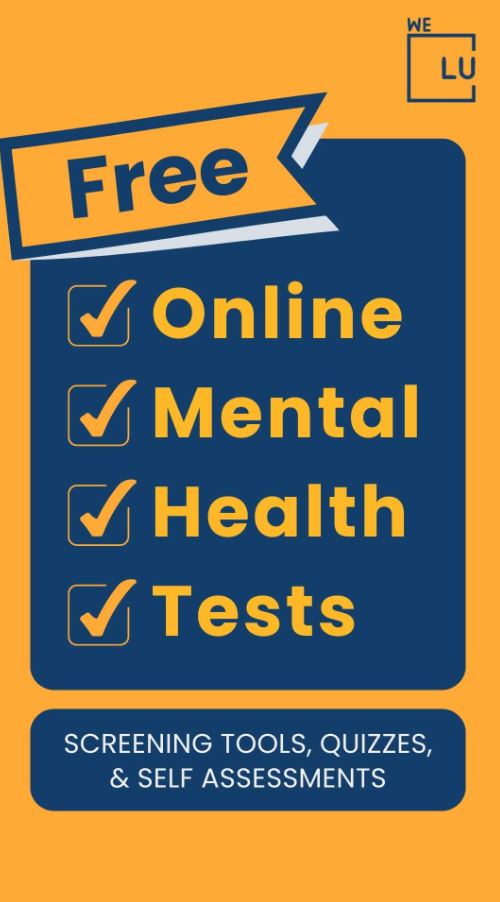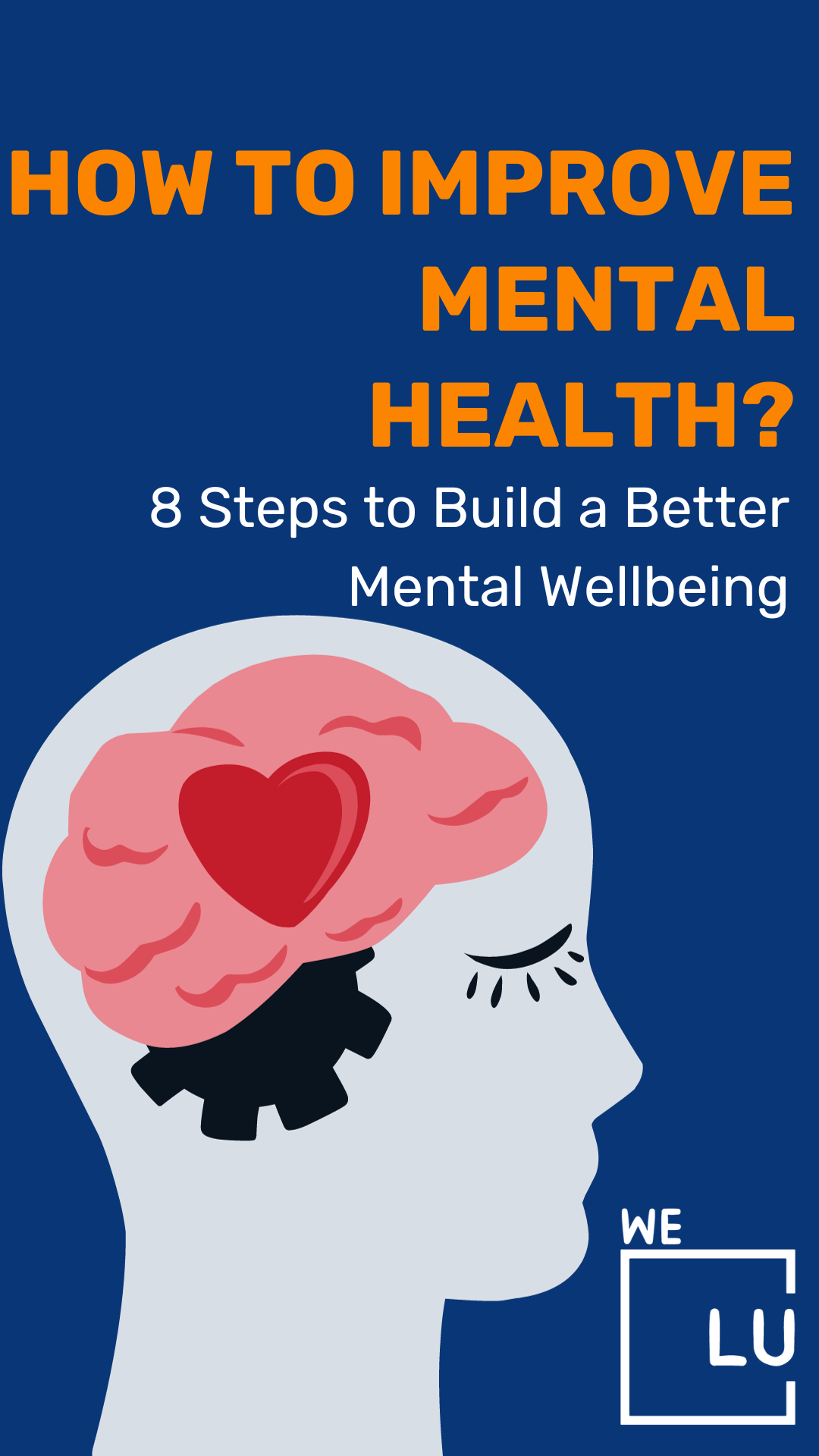What Color Is Fentanyl?
Fentanyl, a potent synthetic opioid notorious for its role in the opioid epidemic, has recently taken on unexpected shades. Initially known for its pharmaceutical use as a painkiller, illicit production, and distribution have given rise to an alarming array of colors that defy conventional expectations. This article unravels the spectrum of fentanyl colors, examining their implications and shedding light on the dangerous misconceptions they can foster.
| Color | Implication |
|---|---|
| White | Traditional pharmaceutical form, but also found in illicit markets. |
| Blue | Linked to overdoses; often mixed with heroin. |
| Green | Reported sporadically; mixed with other substances to enhance effects. |
| Pink | Gaining popularity; perceived as less threatening. |
| Gray | A mix of fentanyl variants or other drugs; alarmingly unpredictable. |
| Rainbow | Linked to overdoses, often mixed with heroin. |
These colors, far from mere visual distinctions, have significant consequences for public health and rehabilitation efforts. The deceptive allure of brightly colored fentanyl pills or powders masks their deadly potency, making overdose risks even harder to predict. This article delves into the multifaceted issue of fentanyl colors, exploring their impact on addiction treatment and the urgent need for targeted rehab strategies.
Rainbow Colored Fentanyl
During the ongoing opioid crisis, a disturbing and potentially lethal trend has emerged – brightly colored fentanyl pills. These vibrant and alluring hues mask the perilous reality of the content within, as fentanyl, an immensely potent synthetic opioid, lies hidden behind the façade of enticing colors.
The phenomenon of colorful fentanyl pills has raised significant concerns among health professionals, law enforcement agencies, and communities. The striking visual appeal of these pills contrasts starkly with the dangerous nature of fentanyl, which is estimated to be up to 100 times more potent than morphine and is a significant contributor to the escalating overdose rates.
The reasons behind the emergence of these brightly colored pills are complex. They often target younger demographics whose visual distinctiveness might attract, inadvertently luring them into a web of addiction and potential harm. Moreover, the variety of colors serves as a marketing ploy, further blurring the line between legitimate pharmaceuticals and illicit substances, making it even harder for users to discern the actual contents.
These pills put recreational users at risk and pose a grave danger to first responders, law enforcement, and anyone who may unknowingly come into contact with them. Accidental exposure to fentanyl, even in small amounts, can have lethal consequences.
The fight against the opioid crisis becomes even more intricate with the emergence of brightly colored fentanyl pills. Combating this alarming deception requires a multifaceted approach involving public awareness campaigns, law enforcement efforts, and, most importantly, comprehensive addiction treatment and rehabilitation programs tailored to the evolving landscape of opioid misuse.
In this critical juncture, understanding the gravity of the issue is essential. The veneer of vibrancy shrouding these pills only adds to the urgency of addressing the opioid crisis from all angles – from prevention to treatment.
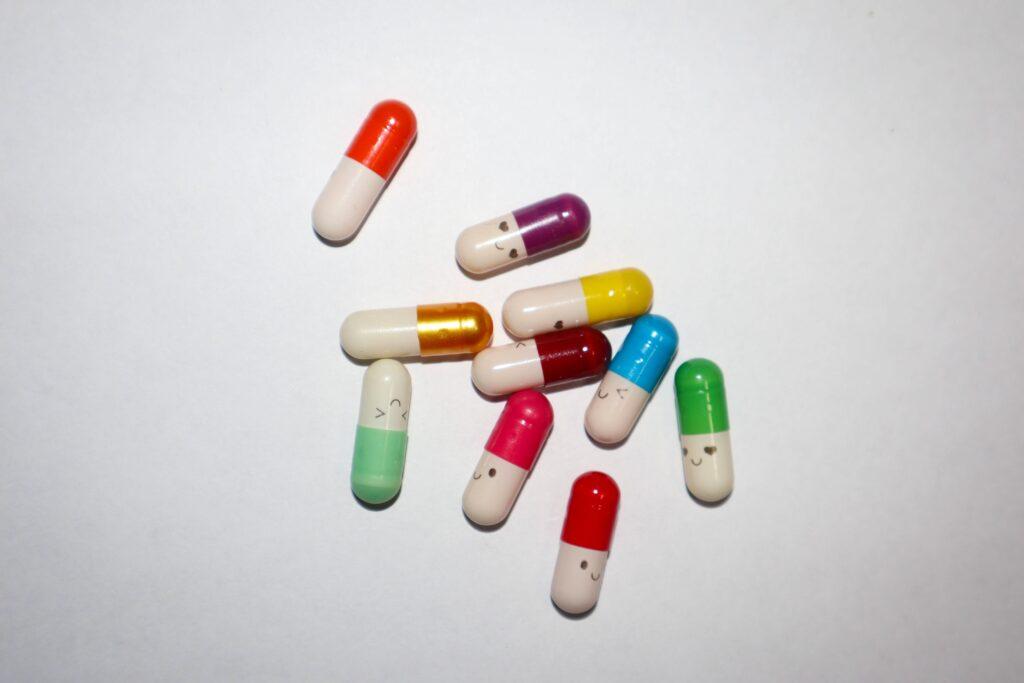
Skip To:
Learn More:
- How Does Fentanyl Make You Feel, Does Fentanyl Get You High & How Long Does Fentanyl High Last?
- What is the Fentanyl Half Life & How Long Does Fentanyl Last?
- How Long Does Fentanyl Stay In Urine? Fentanyl Urine Testing
- Why Is Fentanyl So Dangerous? Dangers Of Fentanyl & How Much Fentanyl Is Dangerous?
- How Is Fentanyl Made? Fentanyl Facts
- How Long Does Fentanyl Stay In Your System, Urine, Blood, Salvia & Hair? Fentanyl Drug Test Duration Chart.
- What Does Fentanyl Do To You? Abuse, Side Effects & Treatment
- What is Fentanyl? Rainbow Fentanyl Symptoms, Uses, Side Effects, Overdose & Detox Withdrawal Timeline
- What Does Fentanyl Look Like? Rainbow Fentanyl, Colored Candy Fentanyl, Skittles Fentanyl Images, Facts, Warnings, & FAQs
- Carfentanil Drug
Get Help. Get Better. Get Your Life Back.
Searching for Accredited Drug and Alcohol Rehab Centers Near You?
Even if you have failed previously and relapsed, or are in the middle of a difficult crisis, we stand ready to support you. Our trusted behavioral health specialists will not give up on you. When you feel ready or just want someone to speak to about therapy alternatives to change your life call us. Even if we cannot assist you, we will lead you to wherever you can get support. There is no obligation. Call our hotline today.
(844) 597-1011What Color Is Fentanyl? Popular FAQs
-
What is Colored Fentanyl?
Colored fentanyl refers to fentanyl, a powerful synthetic opioid that has been dyed or manufactured in various vibrant colors. This trend has gained attention due to its potential to deceive users into thinking they consume something less harmful or different from the deadly substance. However, it’s crucial to remember that regardless of its color, fentanyl remains a highly potent and dangerous drug with severe risks, including overdose and death.
-
Why is There Candy Colored Fentanyl?
The presence of candy-colored fentanyl is often attributed to illicit drug manufacturers and dealers attempting to make the drug more appealing, especially to younger users. The bright and alluring colors can create a false sense of safety or minimize the perceived risks associated with fentanyl. This marketing tactic is concerning as it masks the drug’s potency and can inadvertently lead to more significant instances of addiction, overdoses, and fatalities.
-
What are The Fentanyl Colors?
Fentanyl has been reported in various colors, with some common examples being white, blue, green, pink, and gray. These colors do not indicate different formulations or dosages; they are often used to attract users or differentiate products in the illicit drug market. It’s important to emphasize that the color of fentanyl does not alter its extreme potency and potential for harm.
-
What Color Is Fentanyl Powder?
Fentanyl powder can come in various colors, including white, off-white, beige, and light gray. The coloration of fentanyl powder is influenced by various factors, such as impurities in the manufacturing process or additives mixed with the drug. However, it’s crucial to understand that the color of fentanyl powder does not provide any reliable indication of its purity, potency, or safety. Regardless of color, fentanyl powder remains a highly hazardous substance that demands caution and awareness.
Fentanyl Factsheet
Fentanyl Overview
Fentanyl is a synthetic opioid used to treat moderate to severe pain, especially in cancer patients or after surgery. It is 50 to 100 times more potent than morphine and can cause respiratory depression, addiction, and overdose. It can be prescribed in different forms, such as injection, nasal spray, patch, tablet, spray, or lozenge. It can also be illegally made and mixed with other drugs, such as heroin or cocaine.
Fentanyl Abuse Methods
- Intravenous Injection: Some individuals abuse fentanyl by injecting it directly into their veins. This method produces rapid and intense effects as the drug quickly enters the bloodstream.
- Transdermal Patches: Abusing fentanyl patches involves extracting the gel from the patch and either consuming it orally or injecting it. This method is dangerous due to the high concentration of fentanyl in the gel.
- Oral Consumption: Fentanyl pills or lozenges can be swallowed, although this method is less common due to the drug’s potency.
- Smoking: While possible, smoking fentanyl is a highly hazardous practice. The drug is heated on foil, and the resulting vapor is inhaled. Due to fentanyl’s potency, even a slight miscalculation in dosage can lead to overdose and death. This method is strongly discouraged.
- Snorting: Some individuals crush fentanyl pills or powder and snort it. Like other methods of abuse, this is risky due to the drug’s potency, potentially causing rapid and intense effects that increase the risk of overdose.
Fentanyl Addiction Treatments
Treating fentanyl addiction requires a comprehensive approach that addresses both the physical dependence on the drug and the psychological aspects of addiction. Here are some common fentanyl addiction treatments:
- Medical Detoxification: The first step in treating fentanyl addiction is often medical detox. This involves gradually reducing the fentanyl dosage under medical supervision to manage withdrawal symptoms safely. Medications may be used to alleviate discomfort and reduce cravings.
- Medication-Assisted Treatment (MAT): MAT involves using medications to help manage cravings and reduce the risk of relapse. Buprenorphine and methadone are commonly used medications for opioid addiction, including fentanyl. Naloxone is also used to reverse opioid overdoses.
- Behavioral Therapies: Various behavioral therapies effectively treat fentanyl addiction. Cognitive Behavioral Therapy (CBT) helps individuals recognize and change negative thought patterns and behaviors. Contingency management provides rewards for staying drug-free, reinforcing positive behavior.
- Counseling and Support Groups: Individual and group therapy provides a supportive environment to explore the underlying reasons for addiction and develop coping strategies. Support groups like Narcotics Anonymous can be valuable for ongoing recovery.
Fentanyl Abuse Statistics
Fentanyl abuse statistics show that fentanyl is a highly potent synthetic opioid significantly contributing to the opioid epidemic in the United States. In 2020, there were over 93,000 drug overdose deaths in the US, with fentanyl involved in over 60%. Fentanyl abuse has also increased in other countries, including Canada and the United Kingdom.
73%
Synthetic opioids, including fentanyl, were involved in almost 73% of all opioid-related overdose deaths in 2019.
Source: CDC
1.6 million
Approximately 1.6 million people aged 12 or older misused prescription pain relievers like fentanyl for the first time in 2020.
Source: The National Survey on Drug Use and Health
57%
Fentanyl seizures by law enforcement in the US increased by 57% from 2019 to 2020, with nearly 17,000 pounds of fentanyl seized in 2020.
Source: DEA

Get Your Life Back
Find Hope & Recovery. Get Safe Comfortable Detox, Addiction Rehab & Dual Diagnosis High-Quality Care.
Hotline(844) 597-1011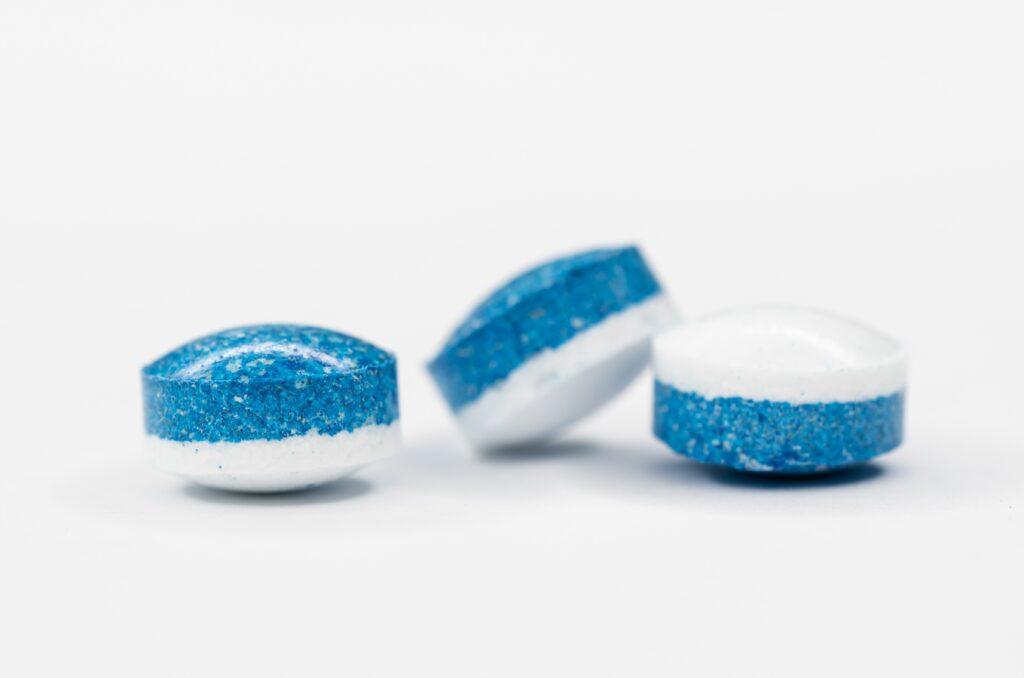
DEA Warns Of Brightly Colored Fentanyl
The Drug Enforcement Administration (DEA) has issued a stark warning regarding the emergence of brightly colored fentanyl pills, a dangerous twist in the ongoing opioid crisis. In recent years, law enforcement agencies and health professionals have noted the presence of fentanyl pills and powders that come in vibrant and eye-catching hues. This alarming trend poses a significant threat as the striking colors can mask the lethality of the potent synthetic opioid they contain.
The DEA’s cautionary message underscores the deceptive nature of these colorful substances. Law enforcement officers, first responders, and individuals are urged to exercise extreme caution when encountering brightly colored fentanyl products. The vibrant appearance should not be misconstrued as an indicator of safety; in reality, these pills and powders carry an exceptionally high risk of overdose and death.
As part of their efforts to combat this evolving danger, the DEA emphasizes the importance of public awareness, education, and collaboration among various stakeholders. By shedding light on the risks associated with brightly colored fentanyl, the DEA aims to prevent the further spread of this hazardous trend and protect individuals from the potentially devastating consequences of opioid misuse.
This latest warning from the DEA serves as a reminder that addressing the opioid crisis requires vigilance, informed decision-making, and a comprehensive approach that encompasses prevention, treatment, and support for those affected by addiction.
First-class Facilities & Amenities
World-class High-Quality Addiction & Mental Health Rehabilitation Treatment
Rehab Centers TourRenowned Addiction Centers. Serene Private Facilities. Inpatient rehab programs vary.
Addiction Helpline(844) 597-1011Proven recovery success experience, backed by a Team w/ History of:
15+
Years of Unified Experience
100s
5-Star Reviews Across Our Centers
10K
Recovery Success Stories Across Our Network
- Low Patient to Therapist Ratio
- Onsite Medical Detox Center
- Comprehensive Dual-Diagnosis Treatment
- Complimentary Family & Alumni Programs
- Coaching, Recovery & Personal Development Events
Why Is There Colored Fentanyl That Looks Like Candy?
The presence of colored fentanyl that resembles candy is a disturbing and deliberate marketing tactic employed by illicit drug manufacturers and dealers. This strategy aims to make the drug more visually appealing and less intimidating, especially to younger individuals who might be enticed by the vibrant and familiar colors reminiscent of candies and sweets.
By disguising fentanyl in these candy-like forms, dealers hope to create a false sense of safety and downplay the inherent risks associated with the drug. This deceptive approach is deeply concerning as it can lead individuals to underestimate the potency and potential harm of fentanyl. People might be lured into trying the substance under the false assumption that it is less dangerous than it is.
The use of candy-colored fentanyl is a stark reminder of the lengths those involved in the illicit drug trade are willing to go to attract new users and increase their profits. This dangerous tactic capitalizes on the vulnerability of individuals, particularly those who may not be fully aware of the dangers of fentanyl or who may be seeking a recreational experience without understanding the grave risks involved.
It’s essential for individuals, especially young people, to be educated about the dangers of colored fentanyl and to recognize that its candy-like appearance is intentionally deceptive. Public awareness campaigns, education initiatives, and comprehensive addiction prevention efforts are crucial in countering this troubling trend and protecting individuals from falling victim to the allure of candy-colored fentanyl.
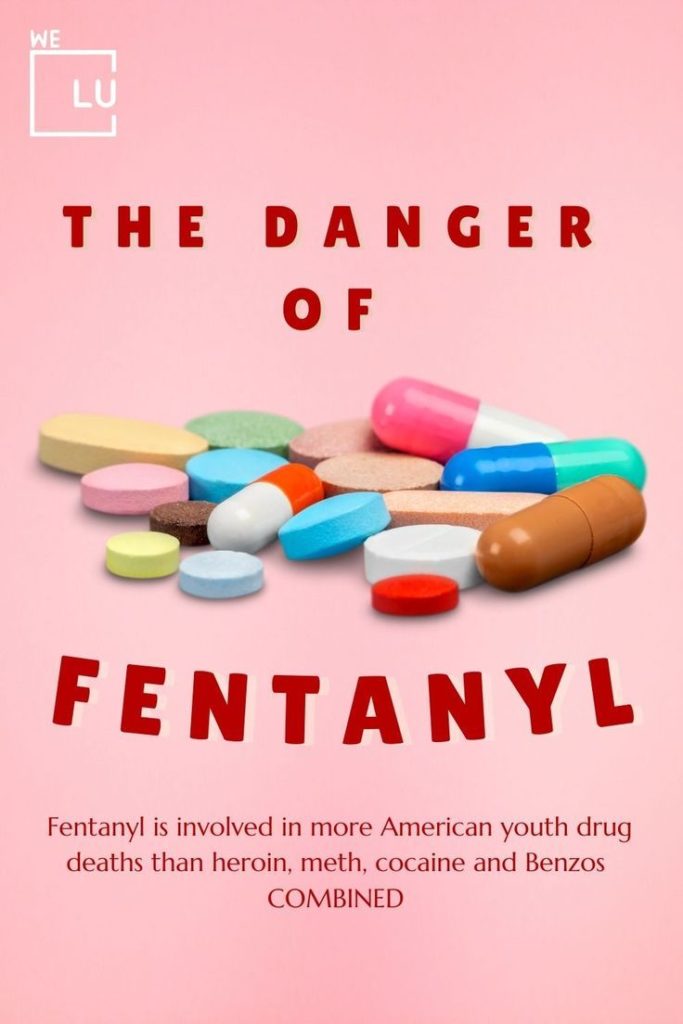
World-class, Accredited, 5-Star Reviewed, Effective Addiction & Mental Health Programs. Complete Behavioral Health Inpatient Rehab, Detox plus Co-occuring Disorders Therapy.
CALL(844) 597-1011End the Addiction Pain. End the Emotional Rollercoaster. Get Your Life Back. Start Drug, Alcohol & Dual Diagnosis Mental Health Treatment Now. Get Free No-obligation Guidance by Substance Abuse Specialists Who Understand Addiction & Mental Health Recovery & Know How to Help.
What Color Is Fentanyl? We Level Up Fentanyl Addiction Treatments Treatment
Welcome to We Level Up Treatment Center, where we are dedicated to providing comprehensive and compassionate care for individuals struggling with fentanyl addiction. Our tailored treatment approach is designed to address the unique challenges posed by fentanyl dependency. Here are the services we offer:
- Medical Detoxification: Our medically supervised detox program ensures a safe and comfortable withdrawal from fentanyl. Our experienced medical team monitors your progress and provides necessary interventions to manage withdrawal symptoms and minimize discomfort.
- Individualized Treatment Plans: We understand that each person’s journey to recovery is different. Our expert clinicians work closely with you to create a personalized treatment plan that aligns with your needs, goals, and preferences.
- Therapeutic Interventions: Our evidence-based therapies, including cognitive-behavioral therapy (CBT), dialectical behavior therapy (DBT), and motivational interviewing, help you address the underlying factors contributing to addiction, develop coping skills, and cultivate a positive mindset for lasting recovery.
- Group Therapy: Engage in supportive group sessions that foster community and connection. Sharing experiences and insights with peers facing similar challenges can enhance your healing process.
- Dual Diagnosis Treatment: Many individuals with fentanyl addiction may also have co-occurring mental health disorders. Our integrated approach simultaneously addresses addiction and mental health concerns to promote holistic healing.
- Holistic Therapies: We offer a range of holistic therapies such as yoga, meditation, art therapy, and mindfulness to enhance emotional and physical well-being during your recovery journey.
- Medication-Assisted Treatment (MAT): In some cases, MAT can be beneficial to support your recovery. Our medical team provides careful assessment and, if suitable, administers FDA-approved medications to manage cravings and withdrawal symptoms.
- Family Involvement: We believe involving loved ones in recovery is essential. We offer family therapy sessions to rebuild trust, improve communication, and strengthen relationships.
- Aftercare Planning: As you near the completion of your residential treatment, our team collaborates with you to develop a comprehensive aftercare plan. This includes support for transitioning back to daily life, finding local support groups, and accessing ongoing therapy.
- Continuum of Care: We recognize that recovery is an ongoing process. Our center provides various levels of care, including outpatient programs and ongoing therapy, to ensure your continued progress and growth beyond your initial treatment.
At We Level Up Treatment Center, we are committed to walking alongside you on your journey to reclaiming your life from fentanyl addiction. Our dedicated team, evidence-based therapies, and comprehensive services create a supportive environment for your recovery. We will help you build a foundation for a healthier, happier, and drug-free future.
Experience Transformative Recovery at We Level Up Treatment Centers.
See our authentic success stories. Get inspired. Get the help you deserve.
Start a New Life
Begin with a free call to an addiction & behavioral health treatment advisor. Learn more about our dual-diagnosis programs. The We Level Up Treatment Center Network delivers recovery programs that vary by each treatment facility. Call to learn more.
- Personalized Care
- Caring Accountable Staff
- World-class Amenities
- Licensed & Accredited
- Renowned w/ 100s 5-Star Reviews
We’ll Call You
What Color Is Fentanyl? Watch The Drug Addiction Informative Video
Video Script
Joey’s Opiates, Drugs, and Alcohol Addiction Recovery Story
The narrative of Joey serves as a poignant and sobering testament to the unrelenting grip of addiction. His path has been marred by formidable hurdles, the weight of which he has courageously shouldered in his pursuit of healing and transformation following the heart-wrenching loss of his son. However, Joey’s trajectory toward achieving sobriety emerges as a beacon of hope and resilience amidst the shadows.
Search We Level Up What Color Is Fentanyl? Resources
Sources
- National Institute on Drug Abuse (NIDA) – Fentanyl Drug Facts: https://www.drugabuse.gov/publications/drugfacts/fentanyl
- Centers for Disease Control and Prevention (CDC) – Fentanyl Facts: https://www.cdc.gov/stopoverdose/fentanyl/index.html
- Drug Enforcement Administration (DEA) – Fentanyl: https://www.dea.gov/factsheets/fentanyl
- Substance Abuse and Mental Health Services Administration (SAMHSA) – Fentanyl: https://www.samhsa.gov/medication-assisted-treatment/medications-counseling-related-conditions/fentanyl
- National Library of Medicine (NLM) – Fentanyl: https://medlineplus.gov/druginfo/meds/a605043.html
- Food and Drug Administration (FDA) – Fentanyl Transdermal System: https://www.fda.gov/drugs/postmarket-drug-safety-information-patients-and-providers/fentanyl-transdermal-system
- National Institute of Justice (NIJ) – Fentanyl Safety Recommendations for First Responders: https://nij.ojp.gov/topics/articles/fentanyl-safety-recommendations-first-responders
- Office of National Drug Control Policy (ONDCP) – Fentanyl: The Next Wave of the Opioid Crisis: https://obamawhitehouse.archives.gov/blog/2017/03/29/fentanyl-next-wave-opioid-crisis
- National Institute of Standards and Technology (NIST) – NIST Reference Materials for Measuring Opioids, Including Fentanyl: https://www.nist.gov/news-events/news/2019/01/nist-reference-materials-measuring-opioids-including-fentanyl
- National Institutes of Health (NIH) – NIH HEAL Initiative Research Plan to Address the Opioid Crisis, Including Fentanyl: https://heal.nih.gov/research/research-plan



